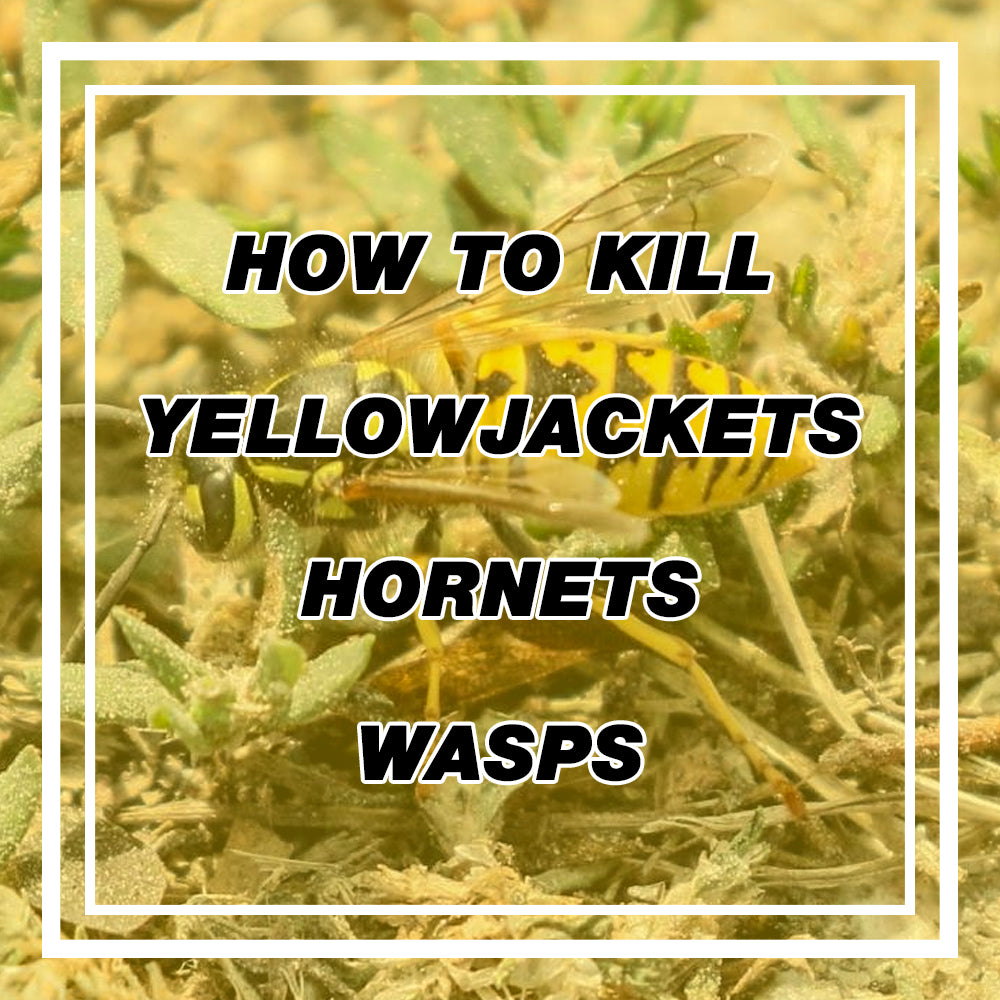Wasps, hornets, and yellow jackets (like bees) do have positive effects on the environment. However, with their territorial nature, and painful stingers you may want to keep them clear of your home, children, or pets. If you are looking to remove wasps from your property here are 2 trap types to help your situation.
Water Traps
If you are trying to avoid using harmful chemicals around your home, you can always create your own traps. Creating a water trap is simple. Find an old water bottle and cut the curved top off with a knife, then throw away the cap. Fill the bottle's bottom end with a solution of water and soap or detergent and then coat the cap thread with a sugary substance like jelly. Flip the top part of the bottle and place the cap thread down, on top of the other part of the bottle. The jelly should be a few inches from the water/soap solution. Tape the two pieces of bottle together and hang the bottle about 4 feet off the ground. Wasps and hornets will be attracted to the jelly and eventually fall into the soapy water to their demise. Try to keep traps like these about 20 feet away from living areas.
Remember, it is important to empty the bottle daily. The more wasps that enter the bottle may give an opportunity for wasps to create chains and escape.
Chemical Free Traps
If you would prefer to avoid using soap, detergent, or other chemicals you can find reusable containers to place bait or lure inside. Sticky cards are also an option, but require more regular cleaning to avoid wasps from escaping.
NOTE: Avoid crushing or swatting wasps when emptying your traps. Part of the wasp's territorial nature is a biological pheromone that is released when the body is crushed. The pheromone can signal more wasps to attack.










